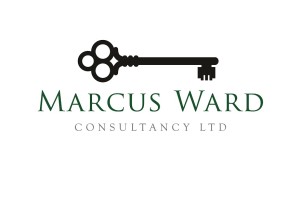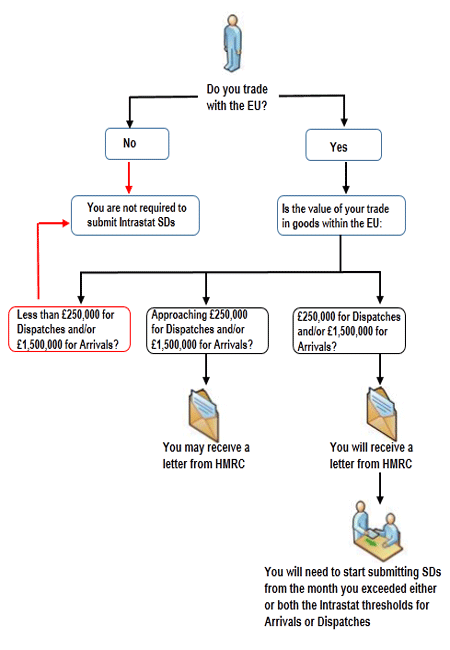If you can’t pay your VAT bill, please do not put your head in the sand, the problem will not go away. Here are some answers to the most commonly asked VAT payment problems.
Q: I have received a demand notice for payment of VAT. Why?
A: HMRC have not received payment of the VAT liability that is described in the demand notice. You should therefore pay the outstanding debt without delay so as to avoid further recovery action. HMRC take prompt action to recover debts.
Q: I am not able to pay the debt immediately because of a temporary cash-flow problem. What should I do?
A: You should make urgent contact with your bank or your financial adviser to explore means of overcoming these temporary financial difficulties.
Q: I have consulted the bank/financial adviser but they are unable to help. What else can I do?
A: Without further delay contact the Regional Debt Management Unit whose address appears on the demand notice. They may be able to help you by agreeing a brief period in which to pay the debt. They are usually helpful and will consider carefully all practical options for settlement. However, if these do not produce a solution or they do not receive a response to their request for payment, they may, like other creditors, take action to recover the money they are owed.
Q: What is the Default Surcharge?
A: Default Surcharge is a civil penalty to encourage businesses to submit their VAT returns and pay the tax due on time.
Q: When will a Default Surcharge be issued?
A: A business is in default if it sends in its VAT return and or the VAT due late. No surcharge is issued the first time a business is late but a warning (a Surcharge Liability Notice) is issued. Subsequent defaults within the following twelve months (the “surcharge period”) may result in a surcharge assessment. Each time that a default occurs the surcharge period will be extended. There is no liability to a surcharge if a nil or repayment return is submitted late, or the VAT due is paid on time but the return is submitted late (although a default is still recorded).
Q: How much is it?
A: The surcharge is calculated as a percentage of the VAT that is unpaid at the due date. If no return is submitted the amount of VAT due will be assessed and the surcharge based on that amount. The rate is set at 2 per cent for the first default following the Surcharge Liability Notice, and rises to 5 per cent, 10 per cent and 15 per cent for subsequent defaults within the surcharge period. A surcharge assessment is not issued at the 2 per cent and 5 per cent rates if it is calculated at less than £200 but a default is still recorded and the surcharge period extended. At the 10 per cent and 15 per cent the surcharge will be the greater of the calculated amount or £30.
Q: What sort of assessments are sent out?
A: An assessment may be issued if a VAT return is not submitted by the due date. The amount may be based on previous returns. If a business does not submit its returns time after time, the assessment value will increase. An officer may also issue an assessment after a visit, if they have found errors in the amount of tax declared on previous returns.
Both types are included in the traders’ debt and are collected in the normal way if they are not paid promptly.
Help
There are a number of schemes available which may help cashflow or possibly reduce the amount of VAT you pay.
Cash Accounting – where you only pay VAT to HMRC when you have received payment from your customer.
Annual Accounting – where you make set monthly payments and make one return a year with an adjusting payment.
Flat Rate Scheme – where you pay a set percentage of your turnover rather than calculating output tax less input tax.
Bad Debt Relief – where you are able to reclaim VAT relief on your bad debts.
Please contact us if VAT payments are proving a problem for your business. Negotiation with HMRC is possible.


